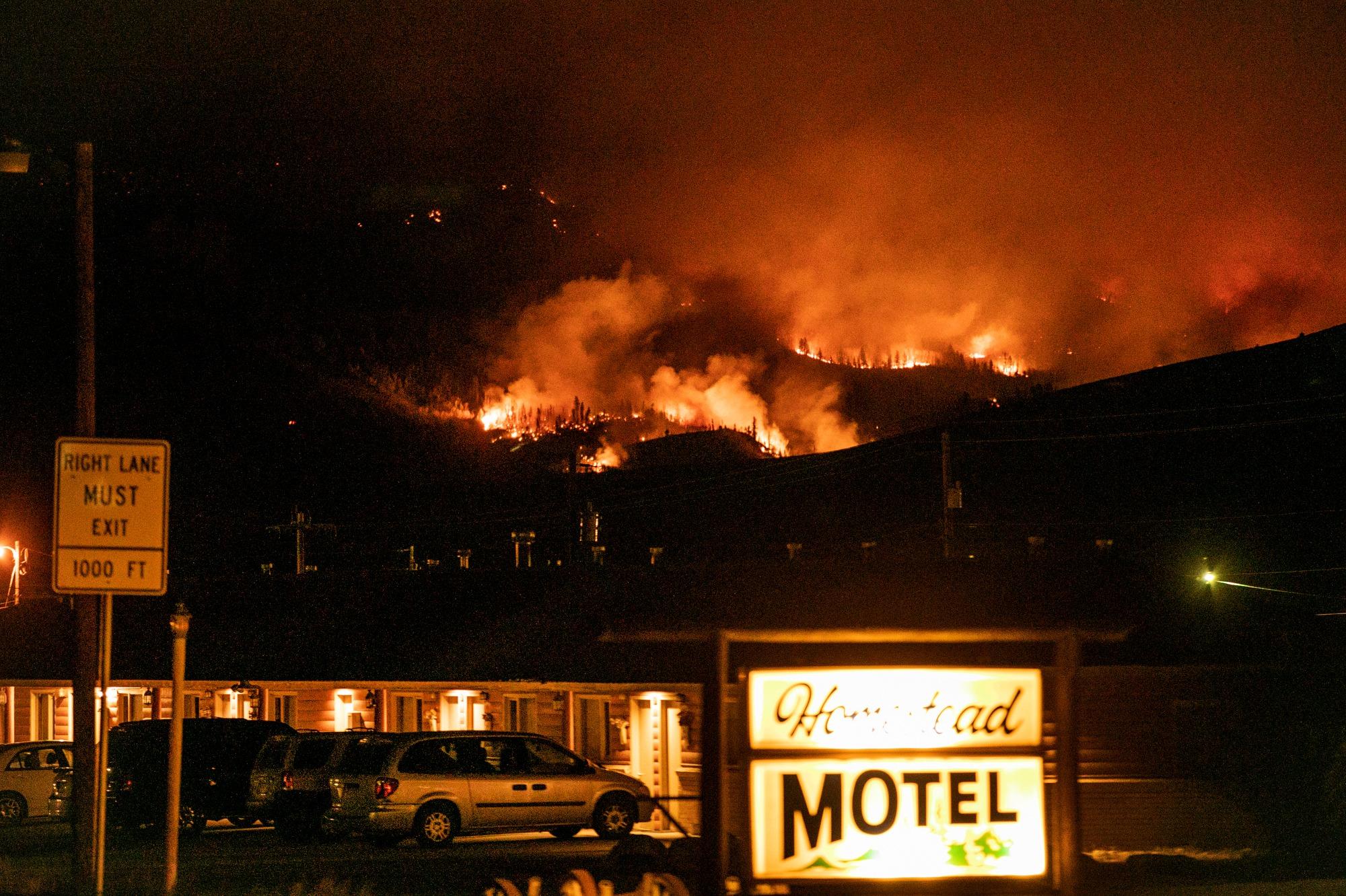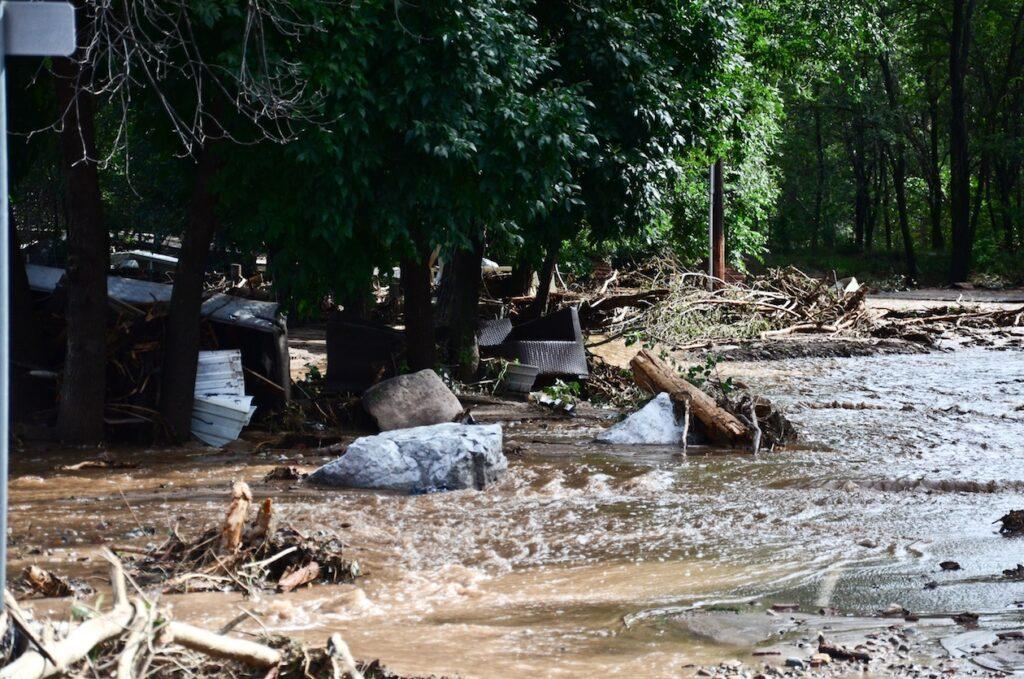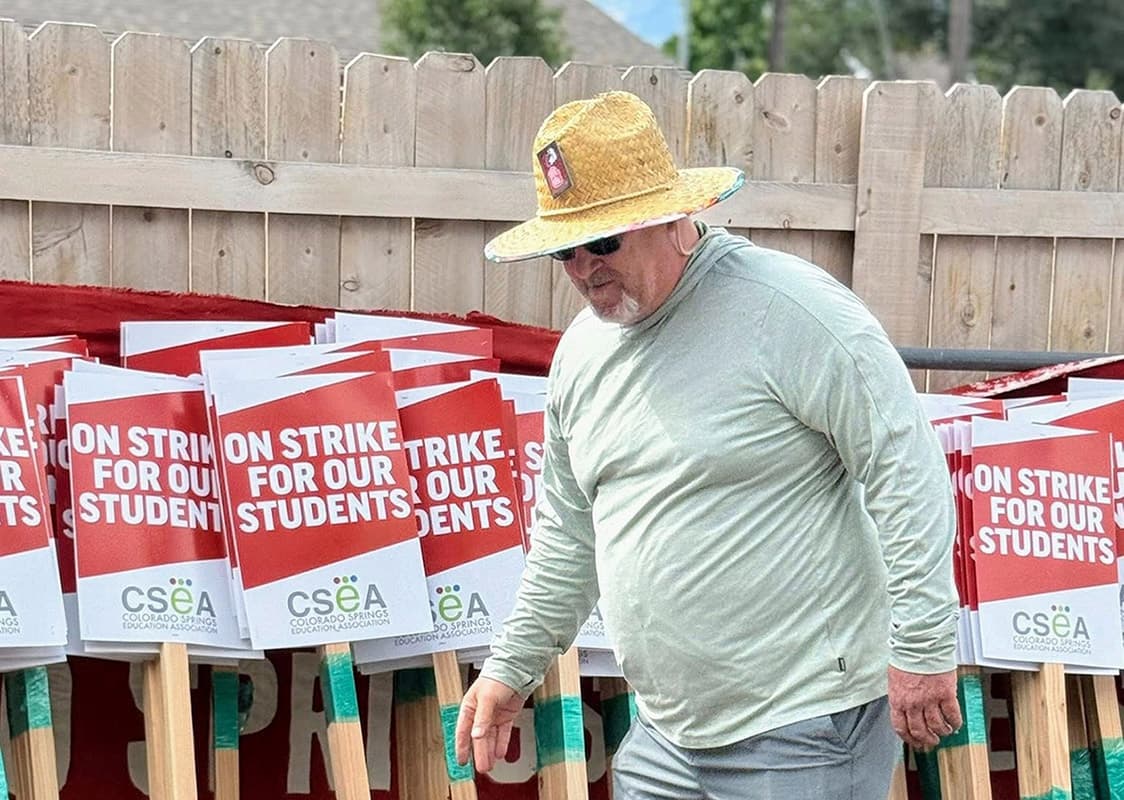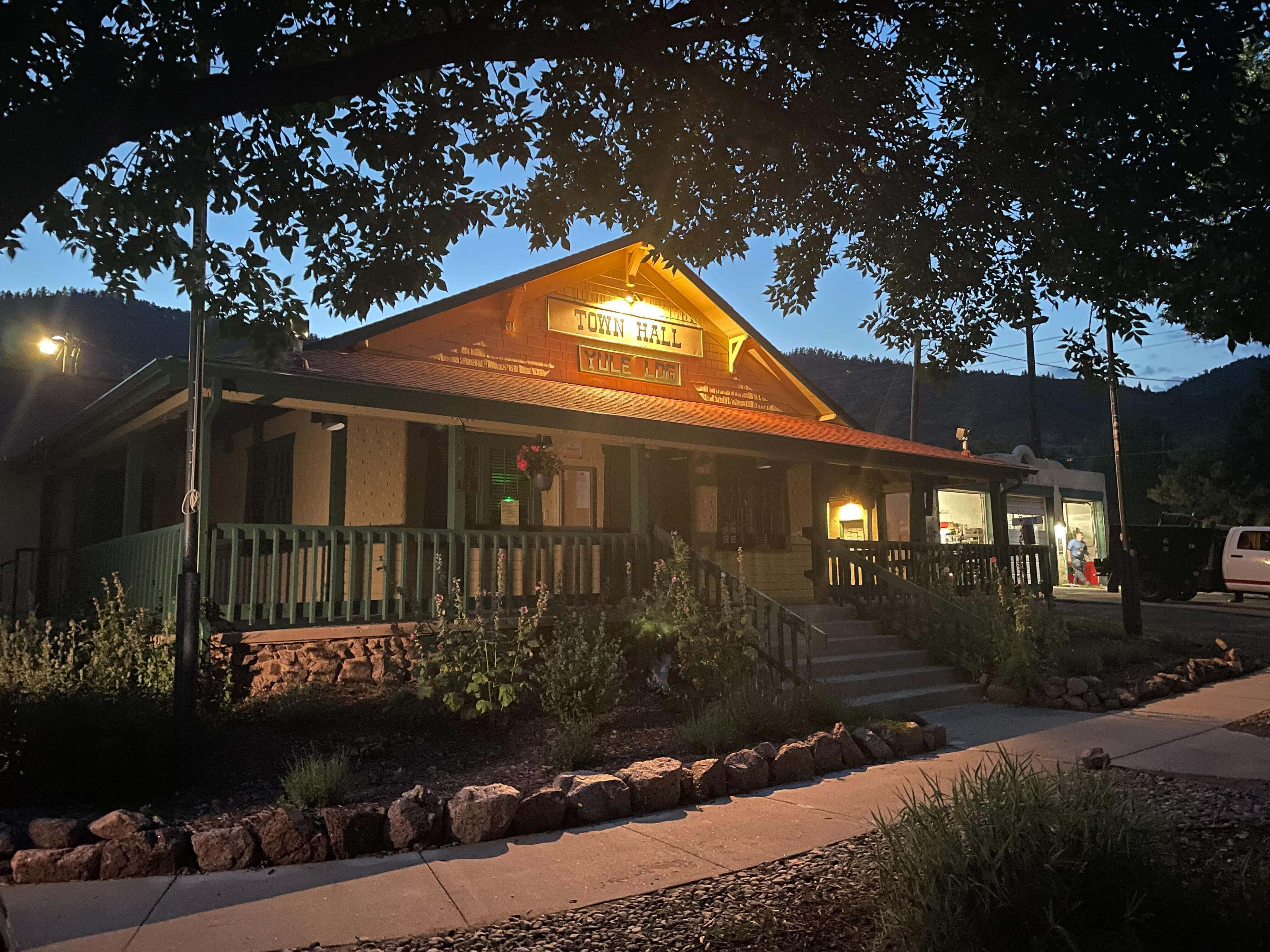
In 2020, the massive Cameron Peak and East Troublesome megafires burned millions of acres in Colorado. The fires also sent sediment and debris into waterways that supply Greeley’s drinking water.
That dirt and debris made it difficult for the area’s two treatment plants to siphon water from rivers and reservoirs, and then treat and deliver it to 150,000 people. It’s a common problem across the West.
“ Our water systems in the West that rely on forested mountain watersheds and snowpack over the winter — they are very vulnerable to wildfire,” said Sean Chambers, Greeley’s director of water utilities.
In 2023, the city received a $13.8 million Federal Emergency Management Agency (FEMA) grant to build a pipeline connecting its treatment plants. That way, treated water could flow between the plants if one shut down, helping protect their water supply from disasters. The city planned to start construction in a few months.
But in April, the Trump administration canceled Greeley’s grant, and hundreds of others across the country. The shuttered grant program — known as Building Resilient Infrastructure and Communities (BRIC) — aimed to help protect communities from hurricanes, floods, wildfires and other climate disasters.
“We were shocked and a bit gutted because of the tremendous investment we made in the application and the work to prepare to get the project off and running,” said Chambers, who’s still hopeful they can receive other FEMA money to make up the difference.
In a press release, FEMA called the BRIC program “ineffective” and said the cancellation helped root out “waste, fraud and abuse.”
But state and community officials said the program was an important source of federal funds to build new infrastructure and prepare for climate-fueled disasters. BRIC awarded grants to more than 2,500 projects nationwide since it launched in 2020, according to a FEMA dashboard, and around 25 projects in Colorado.
Last week, Colorado and 19 other states sued the Trump administration to restore the program and distribute money that had already been awarded.
At least $14.2 million in cuts for Colorado
The program awarded more than $20 million to Colorado, according to a FEMA dashboard; and the state planned to apply for another roughly $120 million this year for more than two dozen additional resiliency projects.
Those projects are now in limbo, while Greeley’s pipeline is delayed.
“We were planning to do mitigation projects year after year to, you know, buy down our risk,” said Kevin Klein, director of Colorado’s homeland security and emergency management division, which distributes federal BRIC money to projects in the state.
“Now we don’t have that funding available for the next year and the next year,” he said.
FEMA officials also said the agency planned to claw back funds for projects that were submitted but hadn’t yet received their money.
That includes at least three projects in Colorado, according to FEMA data: Greeley’s pipeline, a Weld County flood warning system, and a state Division of Fire Prevention and Control training program.

Other BRIC grants in Colorado have already received the funding and are moving forward. That includes a stormwater planning process in Lyons and a water drainage plan in Nunn, a small town in Weld County.
Tashia Asher, a trustee on Nunn’s board, said that while their drainage project is funded, FEMA cancelled another program that would have provided planning assistance to help the town prepare for future disasters.
Situated northeast of Fort Collins in the plains, Nunn and the surrounding area have had numerous damaging tornadoes and face severe fire risk.
“We’re grateful for any federal assistance for a town of 500 people,” she said. “We don’t have the tax base, the growth, to help our infrastructure.”
“It would be near impossible [without it],” she added.
Chambers said Greeley is looking for other ways to fund its project — low-interest loans and other FEMA grants — like community disaster loans or hazard mitigation grants, which have not been canceled by the Trump administration.
The city has already had to raise water utility bills to pay for infrastructure improvements, and if no federal funding pans out, they may have to raise them even more.
A resiliency program, started by the first Trump administration
In a statement, a FEMA spokesperson said that the agency is still prioritizing resiliency, but that the Biden administration used BRIC “as a piggy bank for its green new deal agenda.”
“We will make sure we do right by the taxpayers by bringing integrity to all our spending,” a FEMA spokesperson wrote in an email to CPR News. “If these States take issue with that, we will see them in court.”
Congress created the BRIC program as part of the 2018 Disaster Recovery Reform Act, which set out to modernize how the federal government responds to disasters.
BRIC specifically prioritized helping rural communities finance costly upgrades to infrastructure like stormwater drains or emergency alert systems. Such disaster mitigation can save money and stave off billions of dollars in damages when disasters like hurricanes or wildfires strike, studies show.
The program had flaws — it struggled to fund projects in small towns, and sent most of its funds to states on the coasts, according to a report from Headwaters Economics, a nonprofit research organization.
But it was considered the nation’s “flagship pre-disaster grant program,” and demand for funding was growing, according to Headwaters.
Klein, of the state’s emergency management division, said that communities with flood mitigation projects saw less catastrophic damage during Colorado’s massive 2013 floods.
“Places that didn’t have mitigation, some of ‘em got wiped out,” he said. “Bottom line is that these projects save lives, save property and save money in the long run.”









